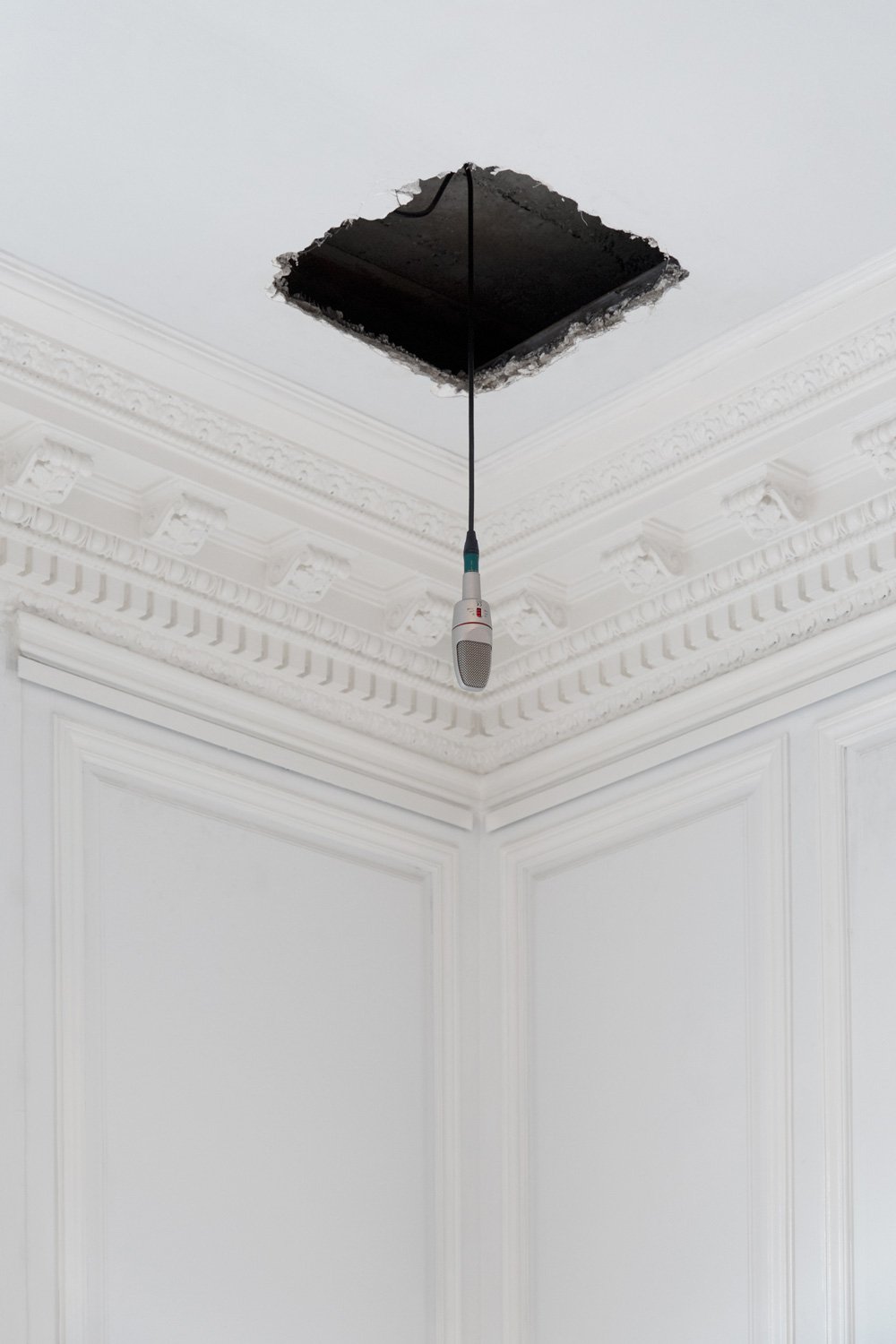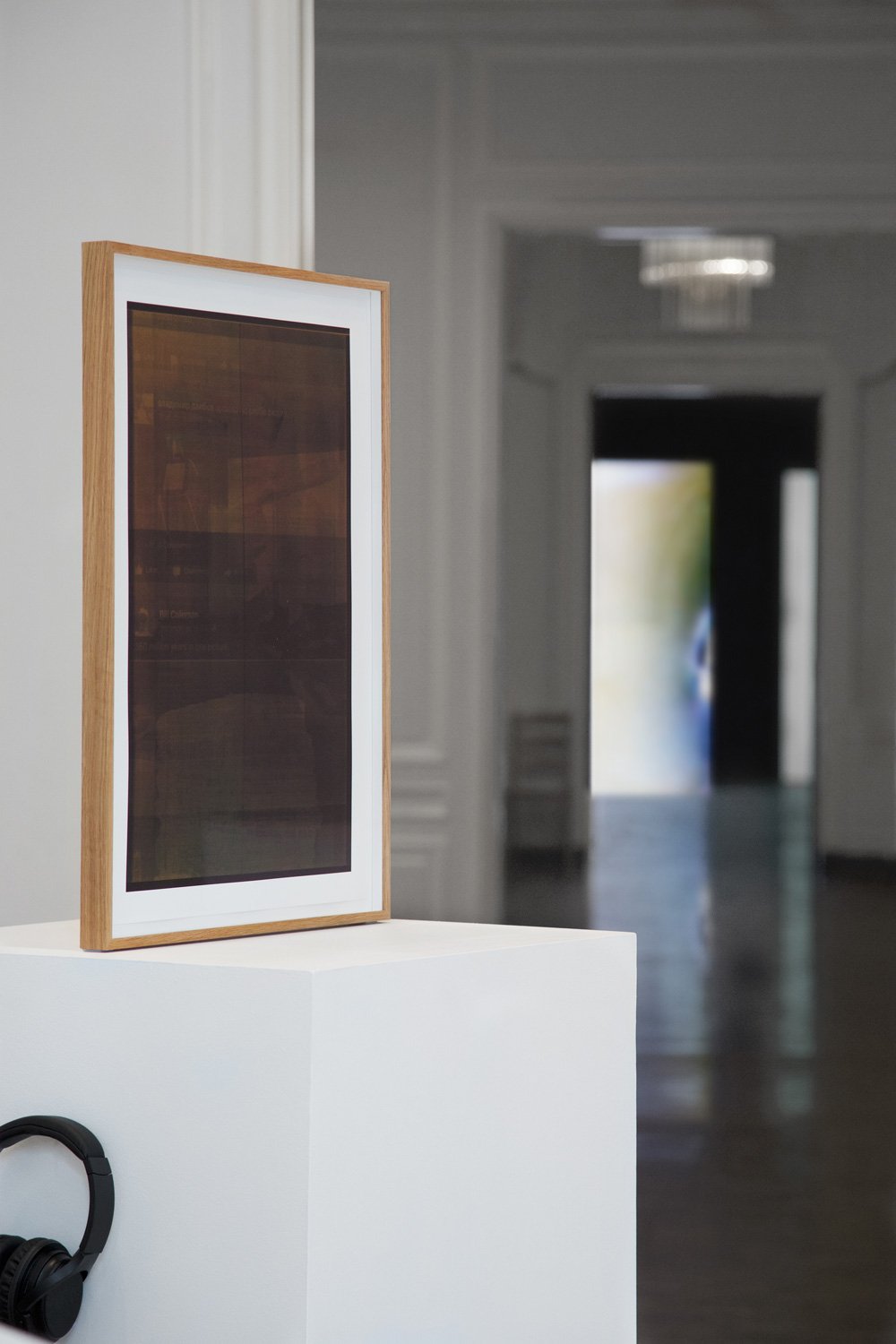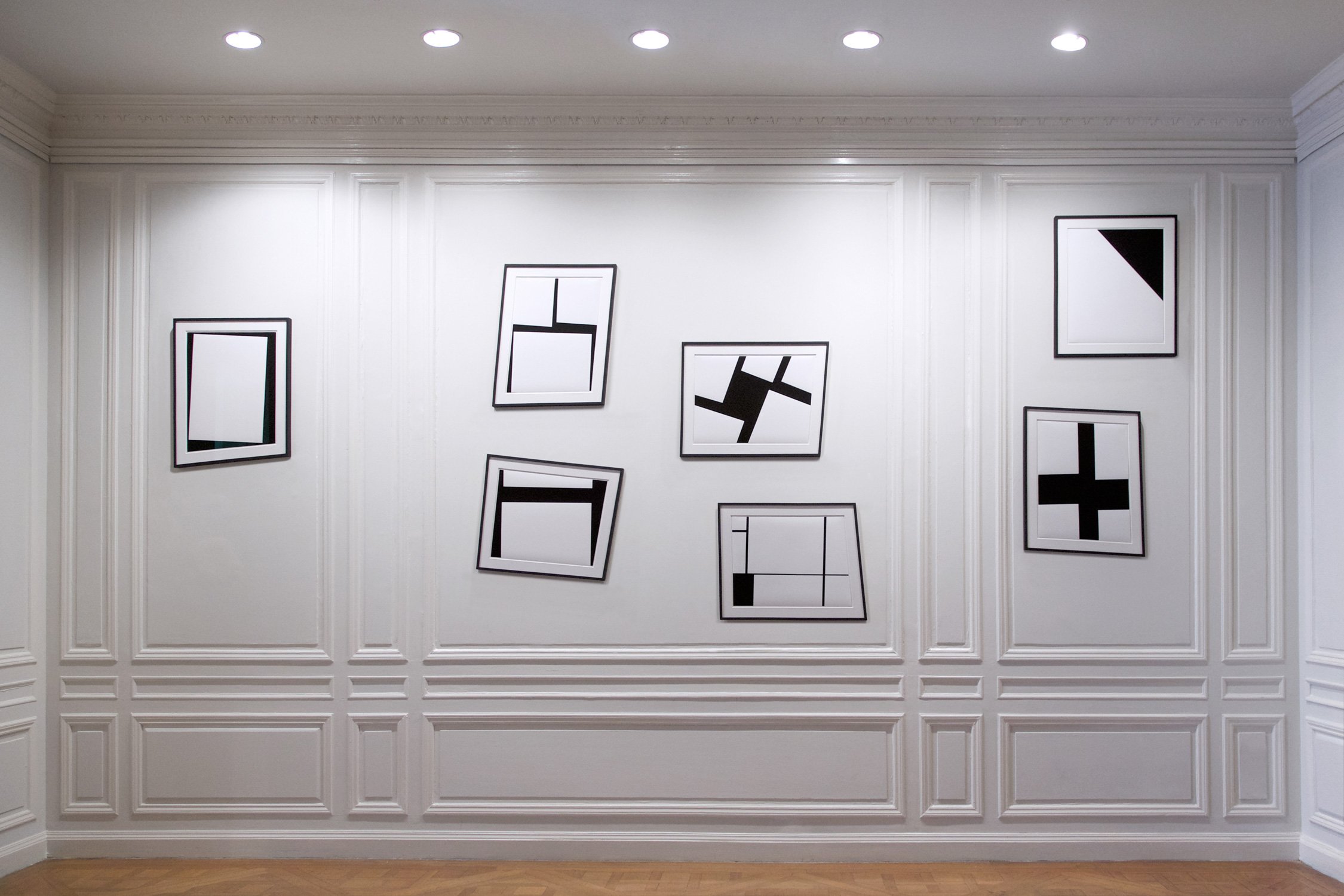Poster series for the exhibition It’s Complicated, Is Possibly Art at 1014 New York. Designed by the artist including an image from the Deepfakes series – Privacy, No. 1 (2021). 1014 New York, USA. September 7–23, 2022 (all images © 2022 Elias Wessel / Artists Rights Society (ARS), New York / VG Bild-Kunst, Bonn, Germany)



























